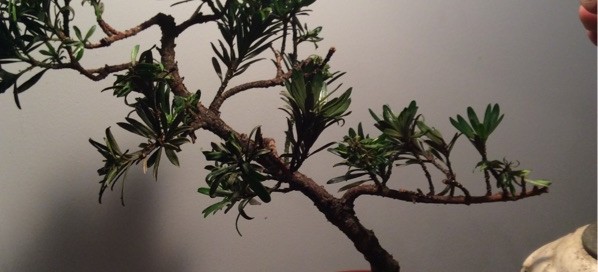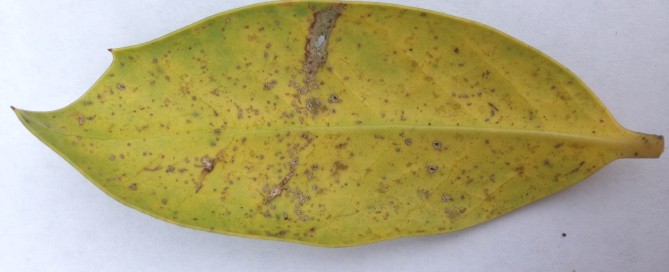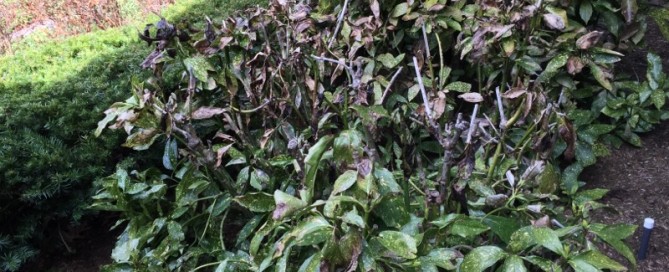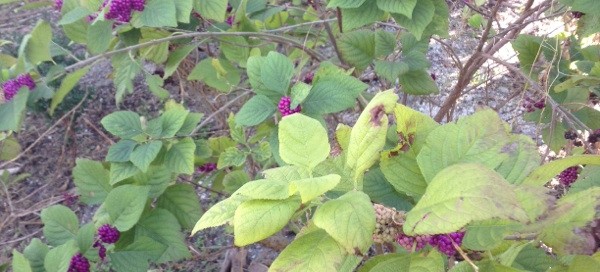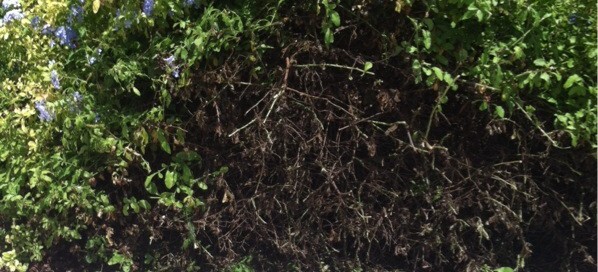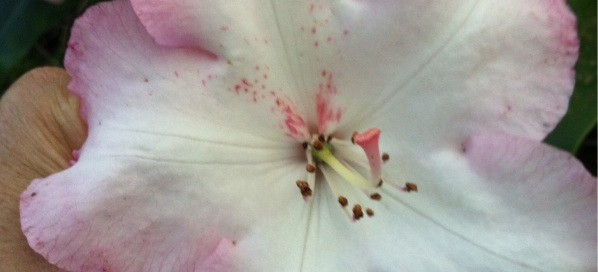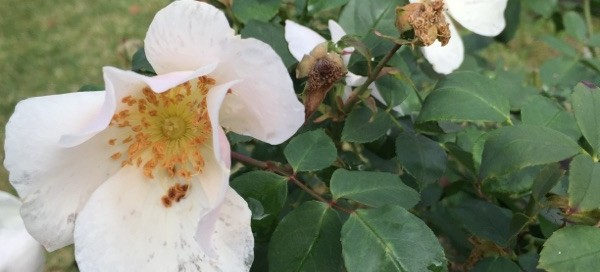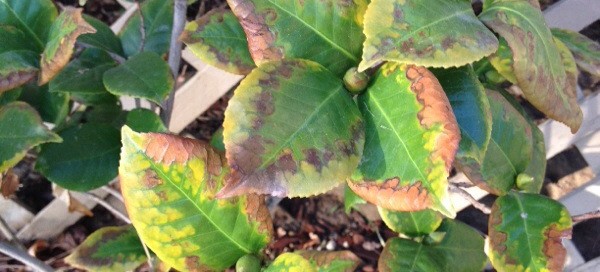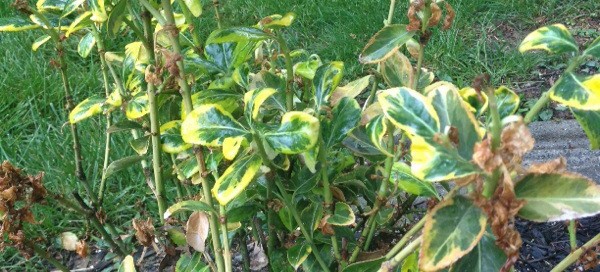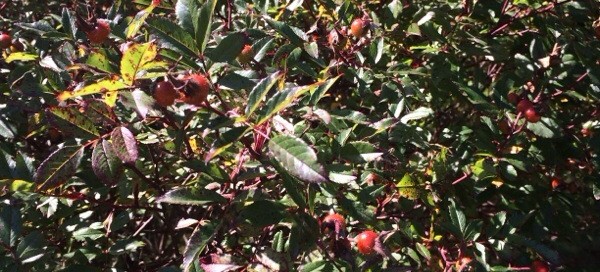Yew
It appears that your shrub is a yew and there are 5-10 species in the Yew Family shrubs or trees native from Northern temperate areas to the Philippines and Central America. Produce scarlet, cup-shaped arils ("berries") and flat needles that are dark green above and yellowish below. Deer are fond of them. The berries are poisonous, just not to the deer. They like full sun, an acid, moist, well drained soil. They are actually small trees, not foundation plants and should never be planted next to the house! They have beautiful exfoliating bark that is cinnamon colored.
Nor should they be trimmed into little green meatballs or squares. If you plan to do that, you would be better off pulling them out and planting something else. It would be a lot less work.
